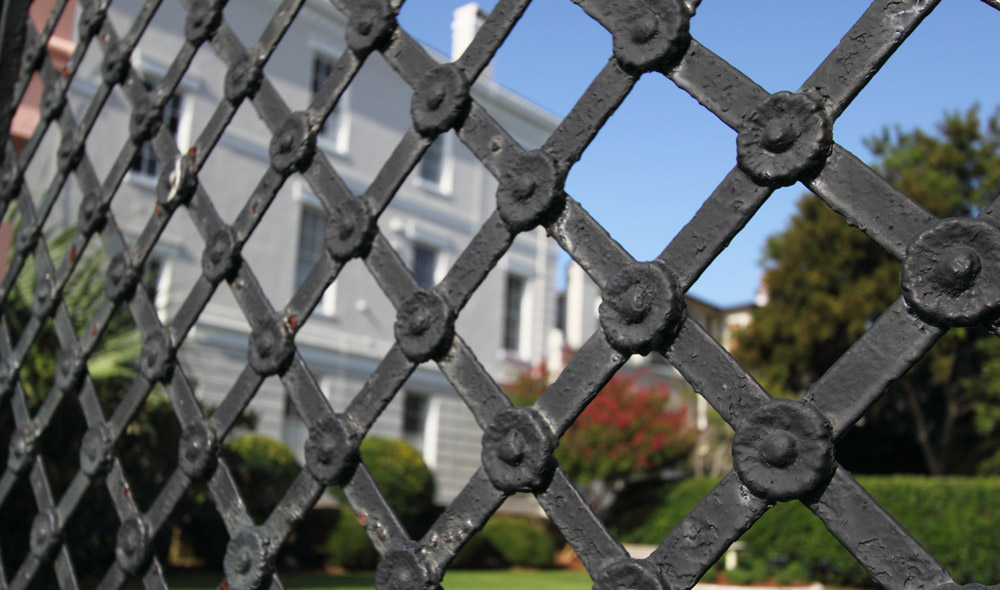Maintaining the appearance of your property is important to many homeowners, including the fence that separates your property from your neighbor’s. But when it comes to painting a fence that stands on the boundary line, questions may arise regarding ownership and the right to make changes. In this blog post, we will explore the topic of painting your side of a neighbor’s fence, examining the concept of fence ownership and discussing the considerations and etiquette involved in such a situation.
Understanding Fence Ownership
To determine whether you can paint your side of a neighbor’s fence, it’s crucial to understand the concept of fence ownership. In most cases, a fence situated on the boundary line between two properties is considered a shared ownership fence. Both you and your neighbor have equal responsibilities and rights concerning the maintenance, repair, and alterations of the fence.
Check Local Laws and Agreements
Before taking any action, it is essential to check your local laws and regulations regarding fence ownership and maintenance. Some regions may have specific guidelines or restrictions in place that determine the responsibilities and rights of each property owner. Additionally, it’s worth examining any agreements or contracts made between you and your neighbor regarding the fence.
Communication and Cooperation
When considering painting your side of a neighbor’s fence, open and respectful communication is key. Discuss your intentions with your neighbor and seek their consent for the proposed changes. It is essential to approach the conversation with a willingness to compromise and find a mutually satisfactory solution. Respect their perspective and take their input into consideration when deciding on the color or style of the paint.
Shared Costs and Responsibilities
In situations where both you and your neighbor agree to paint the fence, it is important to discuss the cost-sharing arrangements. Determine whether you will split the expenses equally or if one party will cover the entire cost. Establishing clear expectations regarding financial contributions will help avoid misunderstandings or conflicts in the future.
Consideration for Aesthetics
When painting your side of a neighbor’s fence, it is important to be mindful of the overall aesthetics and visual harmony. Select a paint color that complements both your property and your neighbor’s. Opt for neutral or subtle shades that blend well with the surrounding environment. Avoid using bold or unconventional colors that may clash with the neighborhood’s character or violate any local regulations.
Respecting Boundaries and Limitations
While it is reasonable to want to maintain your property’s appearance, it is essential to respect the limitations and boundaries set by local laws, agreements, and your neighbor’s preferences. Avoid making any changes that extend beyond your property line or that could potentially damage the fence or compromise its structural integrity.
When it comes to painting your side of a neighbor’s fence, open communication, cooperation, and respect are key. Understanding the concept of fence ownership, checking local laws and agreements, and considering the aesthetics and limitations will help foster positive relationships with your neighbors while maintaining your property’s visual appeal. By working together and finding common ground, you can navigate the process of painting a shared fence harmoniously and ensure a positive outcome for everyone involved.







